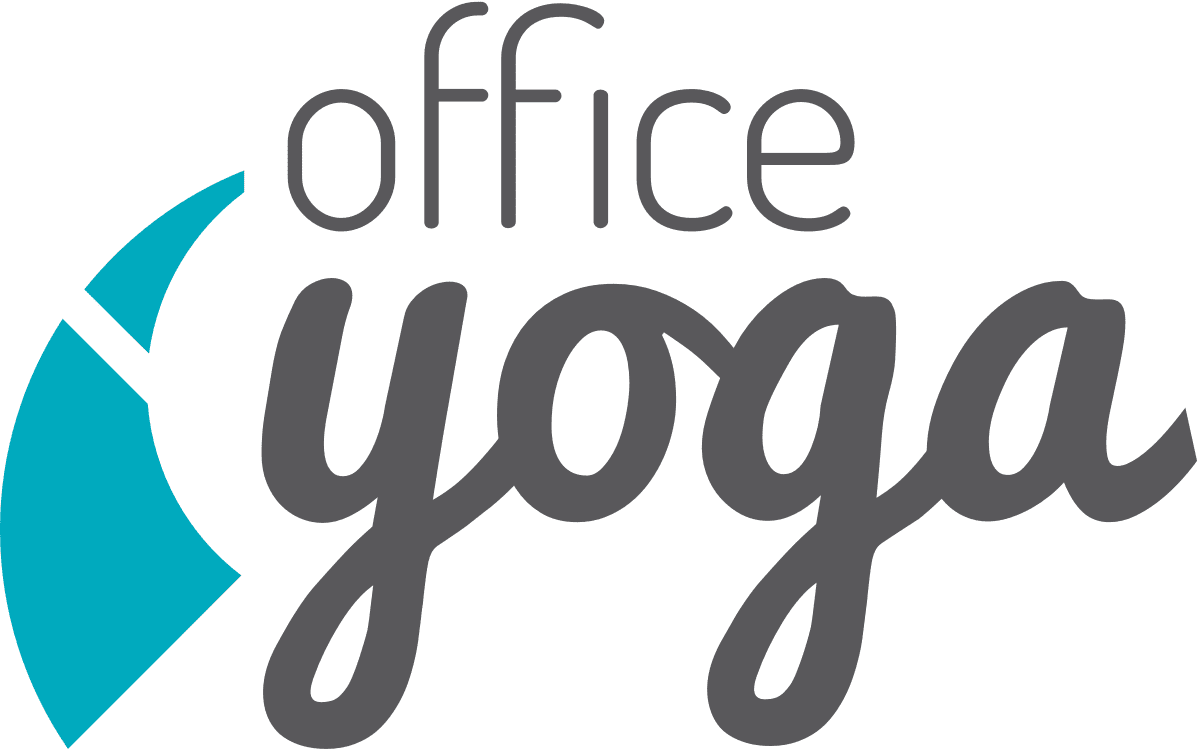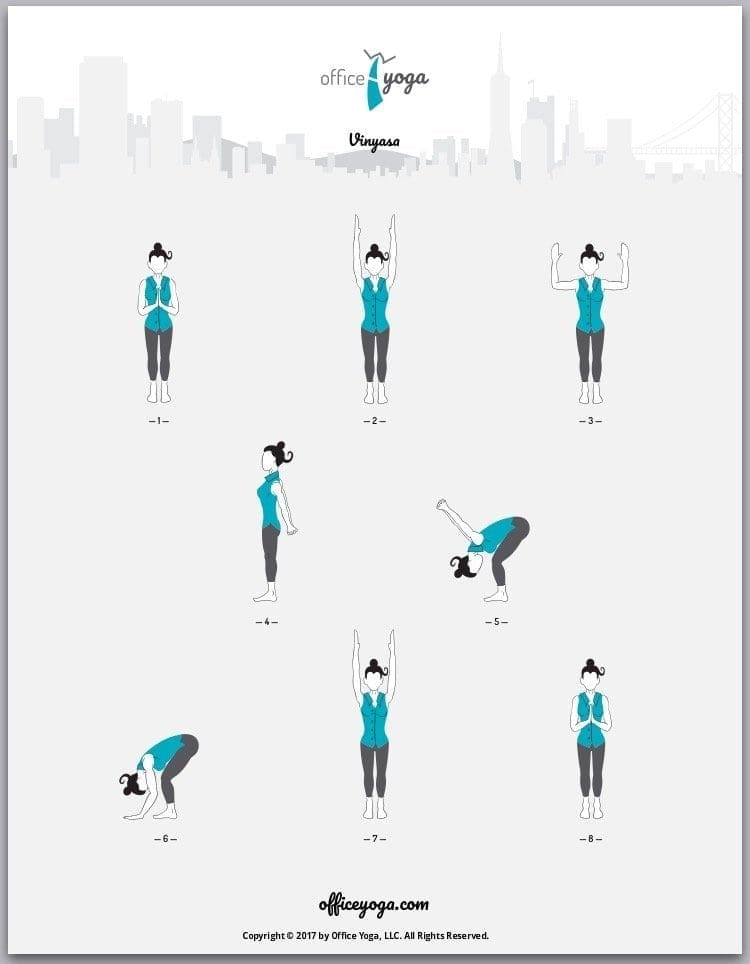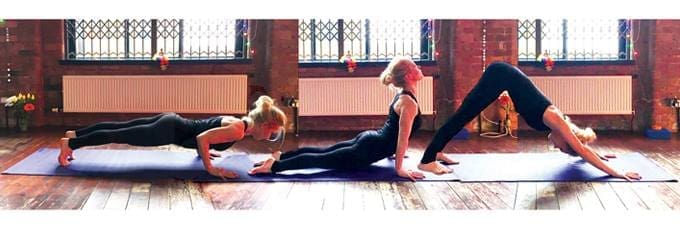Office Yoga® Vinyasa
All of our sequences have been verified and approved by licensed physical therapists from Renew Physical Therapy and MD’s from Columbia University.
Not all Office Yoga® sites have the time or space to get on and off the floor. So how do you accommodate a group of people with these particular limitations and still receive the benefits of a traditional yoga practice? We have spent some time with licensed physical therapists from Renew Physical Therapy and medical doctors from Columbia University to break down the benefits of common yoga sequences sequences (also know as “vinyasa”).
Why this sequence works…
Typically, chaturanga, upward facing dog and downward facing dog are used to energetically cleanse the body. It’s a “reset” button for the mind and body between poses. You may have experienced this particular sequence in a vinyasa class. It’s done multiple times throughout the entire class and often broken down anatomically in yoga teacher trainings. This combination of poses has many benefits that target the entire body, but difficult to do in Office Yoga® when your students aren’t actually getting on the floor.
This particular Office Yoga® vinyasa sequence was created to accommodate the office environment and still receive the benefits of “vinyasa”.
Pose #1: Mountain Pose (tadasana)- this is a grounding pose to center the physical body and mind. Start with the eyes open or closed (keep in mind some beginners may feel nervous to close their eyes, so make sure to give them both options). Dig the heels into the ground, feeling the lower back lengthen. From the feels lengthen up through the back of the body. Draw the elbows back so the shoulders float over the hips. Draw the back of the ears back so the head floats over the shoulders. Gently press the palms evenly together, finding midline.
Pose #2 & 3: Arms Over Head and Cactus Arms- Extend both arms over head along side the ears and then bend the elbows to 90 degrees, like you’re doing a lat pulldown. Squeeze the shoulder blades together and lift the chest slightly. The combination of these two poses gave similar value as going from plank to chaturanga as it creates movement in the shoulder joints, bend in the elbows and engages the upper body. Cactus arms may offer a greater benefit because it asks Office Yoga® students to strengthen the trapezius muscles and broaden the chest.
Pose #4: Standing Locust– the fourth pose with the hands clasped behind the back mimics the shape of cobra (bhujangasana) or upward facing dog (urdhva mukha svanasana) as it lengthens the spine into extension. Another added benefit to this posture is the chest opener.
Pose #5 & 6: Forward Fold(s)– The fifth and sixth poses recreate the benefits of downward facing dog (adho mukha svanasana) having the head below the heart to stimulate blood flow to the brain and lengthen the hamstrings and spine in the back body.
Pose #7 & 8: Arms Overhead & Mountain Pose- These final two poses complete the sequence full circle. Starting and ending in the same position represents the full cycle of life.


